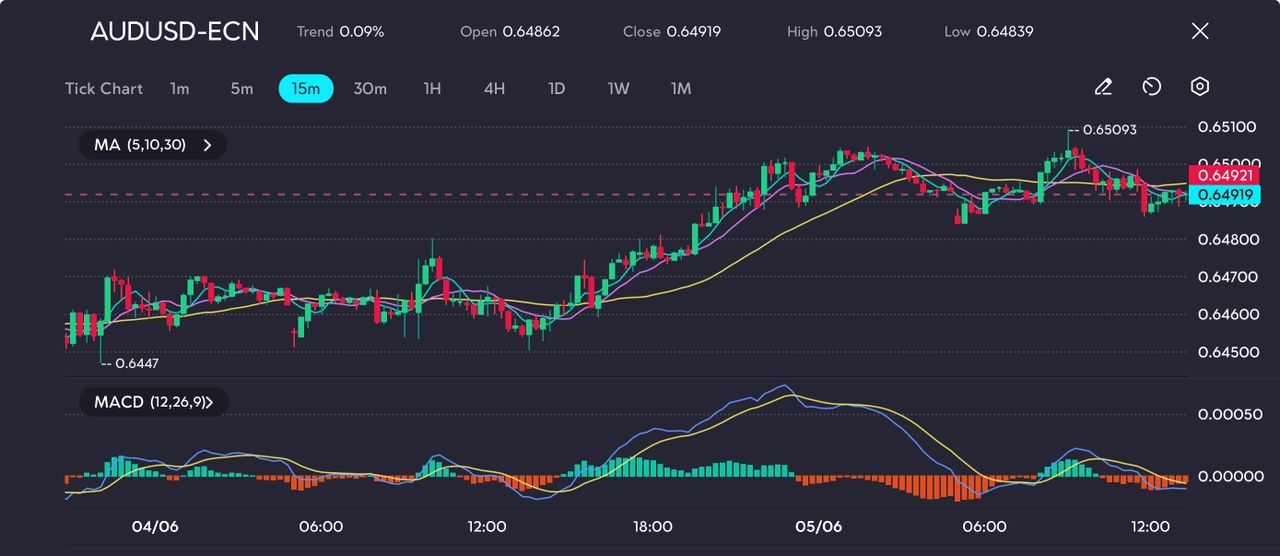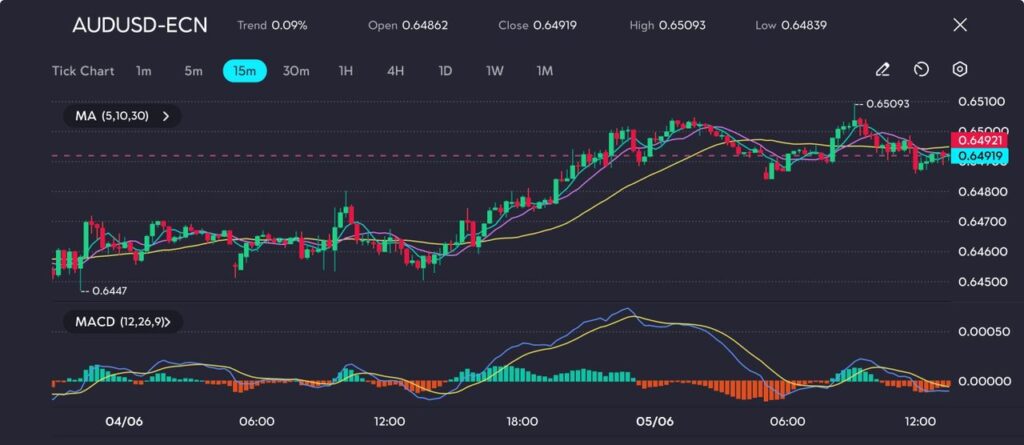Ukraine and the US plan to create a joint minerals fund, with a board meeting anticipated.
US auto supplier group stresses need for urgent action to maintain access to Chinese rare earths
Impact Of Trade Tension
The article discusses rising trade tensions, as China restricts how many rare earth materials can be exported. These elements are essential, not optional. They are key components in electric motors, energy storage units, and advanced electronics found in nearly every modern car. A shortage in supply can cause costs to soar and delivery schedules to slip, particularly in sectors where precision and volume are critical. The auto supplier group is right to be concerned. They’re not just predicting problems; they point out that many supply chains depend heavily on a single source. Alternative materials are not easy to find, and switching to substitutes can be costly and time-consuming. This situation raises immediate concerns in derivative markets, where price expectations are closely tied to the future availability of these essential materials. If the costs of materials increase due to export restrictions, financial instruments related to commodity prices or manufacturing margins might deviate from earlier predictions.Concerns In Derivative Markets
Take a close look at contracts that depend on battery metals or high-tech manufacturing components. Rules about collateral based on stable costs may no longer apply. In the coming weeks, pricing models for vehicle manufacturers—especially those expanding electric vehicle production—will need significant revisions. Expect wider bid-ask spreads and increased volatility, especially around quarterly hedge rollovers. We anticipate further adjustments, especially in financial instruments that assumed stable input prices in technology and automotive industries. Long-term positions in derivatives dependent on steady supply could face significant risks. Instead of solely focusing on market breadth, analyses should weigh input exposure more heavily than diversity of end products. Focus on break-even analyses for trades related to electrification. Any derivatives that count on rare earths being inexpensive or readily available will start facing significant pressure. Keep in mind that current actions should not be taken as opportunities for quick profit but rather to avoid risky positions that could quickly deteriorate in unstable markets. We are monitoring for clear policy signals or trade exemptions. Until then, options volatility may remain high. Adjusting delta hedges more frequently can help mitigate losses in directional calls. It’s not just about reacting to news; it’s essential to stay ahead of price changes while material constraints shift faster than expected. Create your live VT Markets account and start trading now.Aussie Holds Steady Despite Weak Domestic Data

The Australian dollar held firm on Thursday, hovering around $0.6491, supported more by weakness in the US dollar than by domestic economic strength. Although recent data from Australia was underwhelming, the Aussie found footing amid a shift in risk sentiment, as concerns over US trade policy weighed on the greenback.
The currency advanced by 0.5% overnight, largely tracking a broader decline in the US dollar. American economic releases showed a contraction in the services sector, the first in nearly a year. At the same time, private payrolls, according to ADP figures, rose by only 152,000, well short of the 173,000 forecast. US Treasury yields dropped in response, dragging the dollar index to six-week lows and reviving talk of a potential Federal Reserve rate cut as early as September.
This environment of softening US data encouraged investors to rotate out of the dollar and into higher-yielding risk assets, helping to buoy the Aussie despite Australia’s own economic headwinds.
Domestic Outlook Remains Fragile
Australia’s local data continues to paint a subdued picture. Wednesday’s GDP figures disappointed, and Thursday’s Household Spending Index showed only modest growth in April. This follows earlier soft readings on retail sales and a narrower trade surplus, largely due to a drop in gold exports, pointing to sluggish momentum heading into the second quarter.
Markets are increasingly anticipating that the Reserve Bank of Australia could begin easing as soon as July, with expectations that the rate cycle will bottom out at 2.85% by early 2026. While exports to China remain stable, they’ve yet to compensate for broader softness in consumer spending.
Technical Analysis
The Aussie has been edging higher from a low of 0.6445, touching a peak of 0.6509 before settling into a narrower range. The strongest momentum occurred around the Asia–London session overlap, underpinned by a bullish MACD crossover and a sequence of higher lows. However, since testing resistance near 0.6510, the price has levelled off just beneath the 30-period moving average, indicating a pause in direction.

MACD momentum has weakened, with the histogram near neutral and signal lines narrowing. Short-term moving averages (5 and 10) are clustering with price, pointing to a possible breakout or a fade, depending on incoming catalysts.
Immediate resistance remains at 0.6509, while support sits at 0.6480. A move above 0.6510 could open the door to 0.6530, whereas a drop below 0.6480 may lead the pair back toward 0.6460.
Traders will now look to Friday’s US nonfarm payrolls for the next major catalyst. Any downside surprise may further depress the dollar and give the Aussie the boost needed to test the upper end of its range near 0.6537. Until then, expect range-bound consolidation with limited upside momentum.




